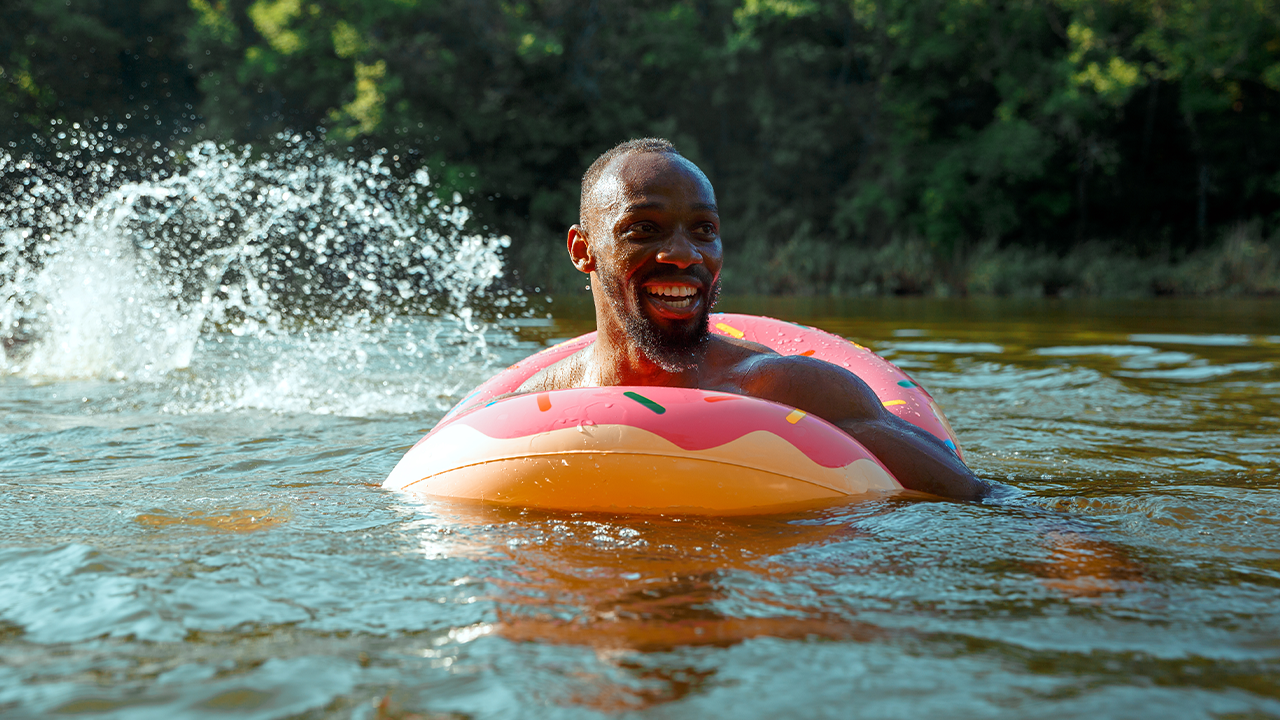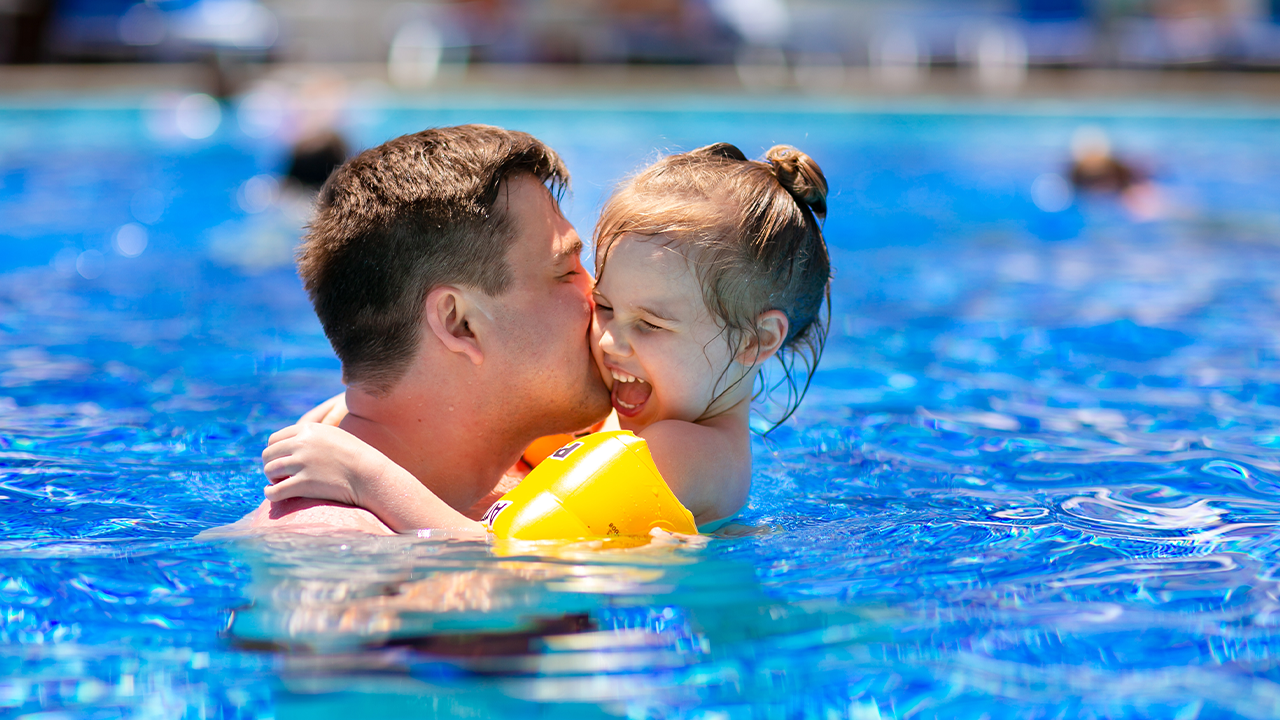Americans love spending time in the water. Swimming ranks among the top five recreational activities in the U.S. It’s great for physical fitness and provides a low-impact, full-body workout.
Swimming is also fun. No pool around? Then you’ll probably be one of the 91 million adults a year who venture into rivers, lakes and oceans for a cool dip.
What’s not so fun is a case of swimmer’s ear. It’s a painful infection typically caused by water or moisture getting trapped in the ear canal. That water can become a breeding ground for bacteria and fungi.
The medical term for swimmer’s ear is otitis externa. Otitis is inflammation of the ear. Externa refers specifically to the outer ear. Children are most likely to get swimmer’s ear, but people of all ages can be affected.
“Anyone who swims frequently can be at risk for swimmer’s ear,” says Adele K. Rauen, PA-C, a UC Health board-certified physician assistant who specializes in ear, nose and throat conditions and hearing disorders.
Despite the name, swimming is not the only culprit for swimmer’s ear. Dirty earbuds, improperly fitted hearing aids, cuts in the ear canal and aggressive ear cleaning can create the same conditions for an infection to develop.
Diabetes, a weakened immune system or skin conditions like eczema may also put you at greater risk for developing swimmer’s ear.
What does swimmer’s ear feel like?
“Symptoms of swimmer’s ear include ear pain that can go into the jaw when the outer ear is touched,” Rauen explains.
The pain can be accompanied by:
- Feeling like your ears are plugged-up or blocked.
- Redness or swelling of the outer ear.
- Itching in the ear canal.
- Yellow, green or white pus draining from the ear.
“In some cases, a person with swimmer’s ear may also experience temporary hearing loss from the drainage collecting in the ear canal,” Rauen says. Full hearing usually returns once the infection causing swimmer’s ear is treated.
How to prevent swimmer’s ear
You might think germy water is behind most cases of swimmer’s ear. Surprisingly, even well-chlorinated pool water can cause an infection because it can break down your ear’s natural defenses.
“Chlorine, sand and salt can wash away earwax and leave the skin inside your ear without a protective barrier,” Rauen says. “Earwax protects the ear canal skin, so don’t try to remove it.”
If you think you have earwax blockage or buildup, talk to your healthcare provider about it. Keep all objects out of your ear canal, including cotton swabs, fingers and paperclips. Remember the old adage: “Don’t put anything in your ear smaller than your elbow.”
You can pick up some easy prevention skills by following how competitive swimmers avoid swimmer’s ear.
Add a physical barrier between your ears and the water
Keep excess swim water out of your ear by wearing a properly fitted swim cap or earplugs. Wipe your earplugs down with rubbing alcohol after each use and let them dry to keep germs from building up on them.
Clean and dry your outer ears after swimming
Shower after you are done swimming and gently dry your ears with the edge of a towel. Tilt your head to the side and gently tug on your earlobes to allow your ear canals to drain thoroughly.
You can use a hair dryer on the lowest setting to gently wave air over each ear. Hold the hair dryer at least 12 inches from your head to protect your ears from noise damage.
Preventative ear drops
Over-the-counter ear drops are available to prevent swimmer’s ear. “These drops can help add the protective chemicals back into the ear canal that the wax naturally holds, and they can eliminate bacteria and fungus before they overgrow,” Rauen says.
You can create a similar solution at home by combining equal parts of white vinegar and rubbing alcohol and placing a couple drops in each ear. The rubbing alcohol will promote drying. The vinegar keeps bacteria from growing.
It’s important to note that ear drops are not recommended for people who have ear tubes, damaged ear drums, ear drainage or active cases of swimmer’s ear.

